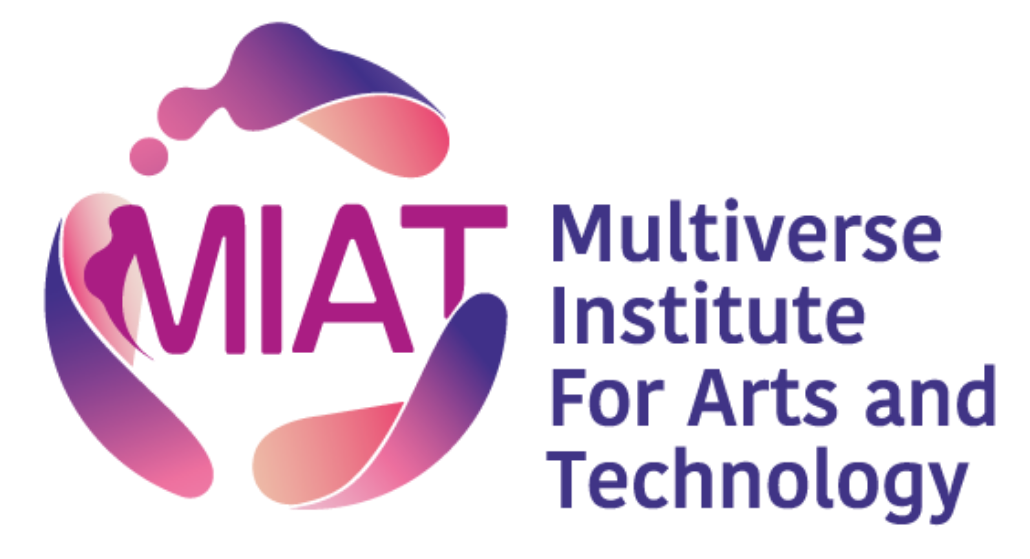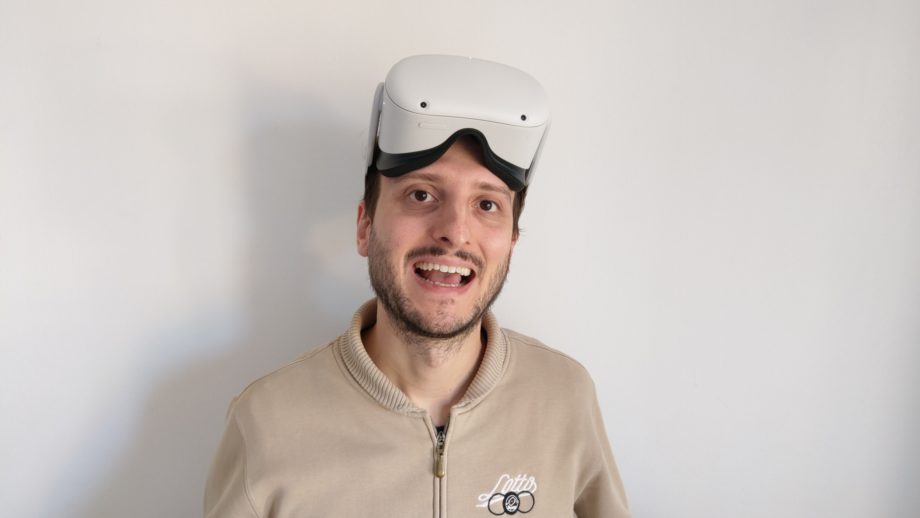XR technologies are unlocking the incredible potential for immersive storytelling, revolutionising the offer for future immersive, emotional, engaging, and interactive experiences.
With MIAT we have launched the first International Immersive Storytelling Masterclass and for this occasion, we spoke with our friend Anthony Vitillo, AR/VR developer, entrepreneur, consultant blogger, and expert, about the future of storytelling, the need to train new creative talents, and his vision of the influence of XR technologies in the future.
Speaking about the future of immersive storytelling, do you believe that creating new languages is pivotal? And how these languages will merge to create new experiences?
I think that it will be fundamental. I think we still haven’t understood the full potential of immersive storytelling, because we have started experimenting by just applying the paradigms that we knew from traditional storytelling to VR. And while this lets us have amazing artworks, true innovation happens when you create something that can only happen in VR, that speaks natively the VR language. And this won’t happen by reading books, but by experimenting: we need people that will try different things, even crazy ones, until we understand what sticks the most.
It’s a bit like when the internet arrived… in the beginning, everyone was just sending e-mails, that were simply faster mails. And then now we have Youtube, we have social media, completely new forms of communications that have changed our way of living. These are the new interactions that the full connectivity has unleashed and that were even unthinkable 25 years ago. We need to find what VR storytelling can truly create when exploited at 100%.
One idea that intrigued me, for instance, is the possibility of having an AI that shapes a movie all around us, with us as the main characters, every time we want it. We could live a different story every day, and not just watch a movie but become the movie ourselves. I read of someone working on it, I think it’s a very promising project.
What are the most surprising XR technologies at the moment and how much they will influence the future of immersive storytelling? In which ways?
I’m very difficult to surprise. There are amazing pieces of hardware, like the Quest 2 that is helping a lot the diffusion of XR; there is the Varjo XR-3, which lets you realistically blend real and virtual elements; there are innovative devices like the Senseglove that can give you the sensation of touching objects while you are in a virtual world; there is even taste emulation, that is a field I’m very intrigued about. There is a lot in the works.
At the end of the day, every new device, every innovation, given in the hands of creative people, can become a powerful tool for storytelling. Let’s think also about AR filters, which are very simple technologies, but they are already used by creative people to convey a mood or to tell little stories.
I think we already have many tools, is just that, as I said before, we have to find a way to exploit them at their full potential.
How do you see our society in 10 years with the influence of emerging technologies? Given that, why, in your opinion, is important for storytellers, artists and developers to acquire new skills connected to the immersive world? And which will be the professions of the future?
I envision in 20 years a society in which the difference between the real and the virtual will be almost inexistent. We’ll have a virtual 3D assistant that will help us during the day, we’ll hang out virtually with people from all over the world, we’ll have a real girlfriend/boyfriend with virtual tattoos scattered all around her/his body. It will be a new way of living, no more in the real world, but in a fully mixed reality world. There will be many disruptions: for instance, we will substitute many physical objects with virtual counterparts: TVs, smartphones, computers, everything will be substituted by the glasses (or contact lenses?) that we will wear on our faces.
Of course, in this radical shift, we need artists, we need them a lot. Creative people are the ones that can always take everything to the limit, and so they can create new use cases, new ideas for the technologies we will have. Plus artists are always attentive to the values of a society, and with the risks that immersive technologies carry with them (e.g. privacy violations), we need artists that will create artworks that make people think about the errors we’ll be making in the transitions.
XR is a completely new world and so it’s also a great opportunity for artists. Now it’s the time where the XR community is still little and is possible to gain fast a reputation in the field. Later on, the risk is being just “one of the many”. I speak about this by experience: I believed early in VR in 2014, and now I’m here being interviewed by you. It’s because we were so few people in 2014, that was easy to get to know all other meaningful VR professionals. And now in 2021, we have grown all together as a community.
An artist starting now in XR could be treated as an expert or a pioneer in 10 years. It’s a great opportunity. Plus AR and VR are fun and offer so many possibilities for creators: VR for instance is great to foster emotions, and this is exactly what artists aim at doing.
The professions of the future will be similar to the ones of the present but augmented. For instance, we could have hairstylists only working on hairs of avatars for our representation in the metaverse, as today we have the ones working on our physical appearance. I think we’ll see a lot of virtual counterparts of today’s jobs.
With the implementation of these new emerging technologies the public is no longer confined to idea of viewer, instead the concept is changing, opening new perspectives for the public allowing people to become visitors of the experience. Do you think that in the future there will be a further step for the public? What will be its new role? And what will be the content that will allow this evolution?
I think there will always the role of the “public” because people sometimes want to relax and just be transported by a story, a book, a song. You don’t always want to be the active part in a show because anyway, it is tiresome, it requires an effort, and sometimes also requires us to perform in front of other people, and this may create discomfort.
But I also think that with XR there will be more forms to have agency on a story that is unfolding: when I’ve tried the MetaMovie, I was the main character of a story that some actors were shaping for me, and I had a lot of fun. In Finding Pandora, we of the audience could talk with the real actors, and this made the story more immersive.
In most of current solo VR storytelling content, there is also a form of interactivity, because it helps in creating a connection and fostering the sense of presence. Rarely the user just watches.
So the difference between the performers and the public will become more blurred, but I don’t think it will disappear completely.
Nowadays, are borders between the virtual and real world becoming harder to define? Why? How storytellers can use both worlds to design amazing immersive experiences?
I think that nowadays the borders are starting to blurring, but the real process is happening in 5-15 years. Look at what is happening now with virtual influencers like Lil Miquela and Hatsune Miku, or with virtual clothes that people can buy just to take photos for Instagram. This trend is destined to grow and to blend the line always more until we will embrace a full mixed reality.
Storytellers should think exactly about this bridge. How can you tell a story that includes real and virtual elements? And why there should be that connection? Remember that technology is just a means, and sometimes it may not be necessary… there are already great stories with just real elements, for instance. But if AR or VR can add something more, if this blend can become magical, then it is worth pursuing. Every artist should know that in his/her toolset now there is this possibility of creating virtual elements, and they should experiment with this new tool to understand its power, to understand how it can enhance a story. And when it can create something new, something better, using that tool.
I can’t wait to see what creatives will be able to come with in the next years!
Apply now here, if you want to understand how XR technologies – virtual reality VR, augmented reality AR, and mixed reality MR – are the next frontier for art-tech expression and how to up-skill your knowledge and capabilities to work at global level, in order to answer the call of immersive technologies and meet the demand of this fast-growing market.


